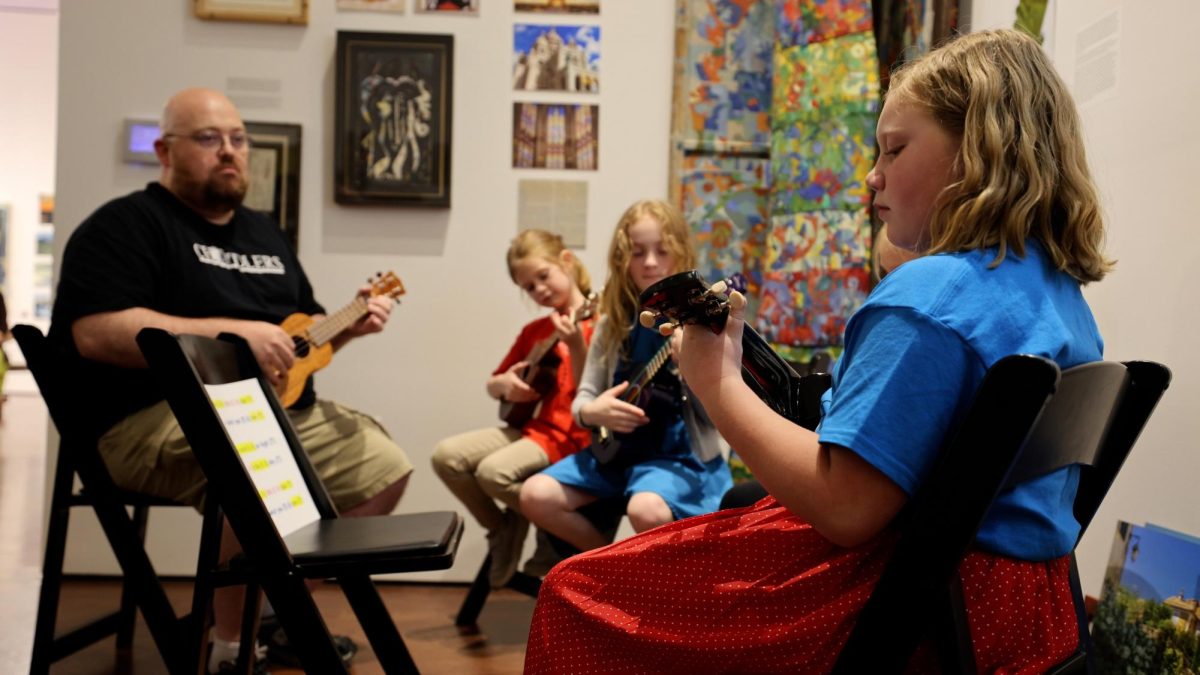OPINION: Using art to flip femininity on its head
October 9, 2017
Women have been using visual art to change the conversation about the female body for years.
As a pioneer of the feminist art movement, Frida Kahlo’s work delves into the ugly underbelly of the woman’s condition.
From the gruesome massacre of her heart at the bloody hands of her husband’s redundancy of affairs in “Memory” to the miscarriage of her only child in “Henry Ford Hospital,” Frida depicts her body in a way that takes attention away from conventional beauty. It’s her obsession with the circle of life and her defiance toward notions of boring and typecast femininity that make her works insightful.
The feminist art movement is a relatively under-recognized genre that gained notoriety in the 1930’s, on par with its political counterpart. Women sought out an understanding and explanation of themselves in a way that would impact society for years to follow. Their art was not meant to be pretty or adorned with the clichés of sugar and spice. It was not nice or appealing; it was raw and realistic.
It didn’t actually succeed in penetrating the popular culture of art for many years. Our society was—and still is—enthralled by the lack of complexity women are prescribed to project.
We should be submissive to the limitations of female sexuality in relation to male domination. Our bodies are worthy of artistic depiction if they are curved only in desirable places and suit the fetishes of men at home and abroad. Our bodies are beautiful, but only beautiful if they are manipulated to adapt to mass appeal. We do not bleed or experience life’s hardships. We are transparent vessels of femininity who lack the complexities which males possess naturally. This is what popular art has purported as the woman’s true self.
Artists of this movement seek to remove the curtain of ignorance that shields the sheltered men and women of our society from the reality that women are human—and that they, too, are afflicted with the repulsive tendencies of the human body. A mask of makeup can only do so much to hide that.
These works are finding their way into the mainstream in the form of artists like Vadis Turner, who works with mediums such as lace and breastmilk to convey her trials with motherhood. Tracey Emin produces art that humanizes slut-shaming and portrays women as proprietors of their own romantic and sexual endeavors. The Kaplan Twins make a point about society’s fixation on stardom and the scandal of a woman’s body on display by painting stills from Kim Kardashian’s sex tape and other similar viral social media posts.
The female experience is anything but simple or holistic. It is interpreted differently by every woman and should be depicted in art as such. These women have taken the traditional conception of femininity and flipped it on its head, creating pieces that are simultaneously sexy and appalling.













![Students cheer for Senator at Large Jaden Marshall after being announced as the Intercultural Student Engagement Center Senator for the 24th Senate on Wednesday, April 17 in the Senate Chamber in DSU. Ive done everything in my power, Ive said it 100 times, to be for the students, Marshall said. So, not only to win, but to hear that reaction for me by the other students is just something that shows people actually care about me [and] really support me.](https://wkuherald.com/wp-content/uploads/2024/04/jadenmarshall-1200x844.jpg)










